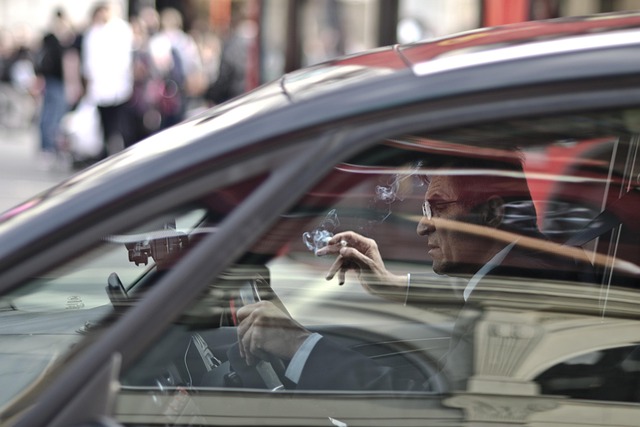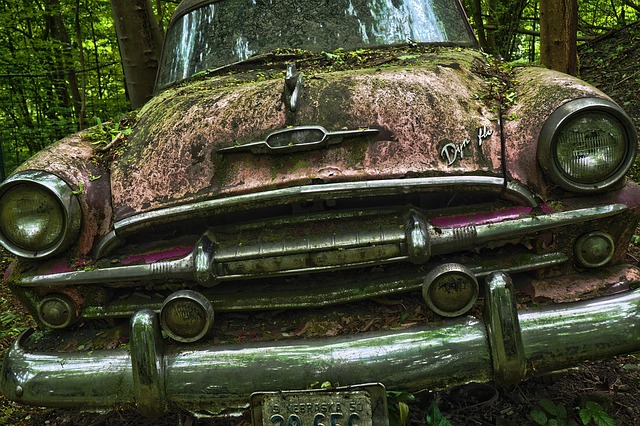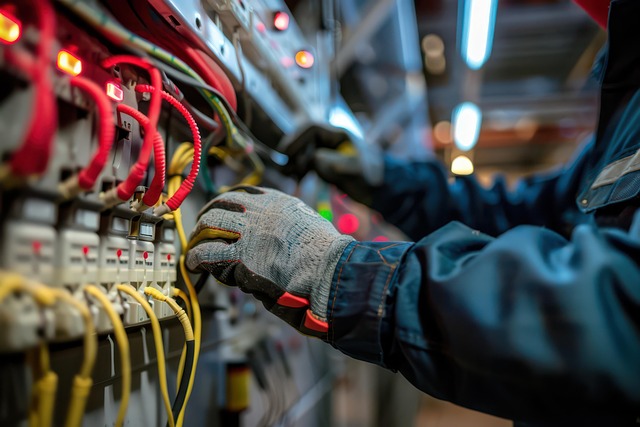Assessing fallen tree damage is crucial before any repairs, with professionals inspecting buildings, homes, and vehicles for structural issues, impact zones, and hazardous materials. The evaluation determines the scope of work, from minor fixes to extensive reconstruction, including specialized vehicle restoration techniques like paintless dent repair. Cost considerations involve labor, equipment, and unique project demands, requiring trained technicians for safe removal, integrity assessment, and bodywork repairs. Comprehensive restoration includes replacement trees, landscaping, structural repairs, collision repair for severe damage, and aesthetic enhancements like bumper repair for minor dents.
In the aftermath of a storm, one of nature’s most powerful yet unwelcome visitors, fallen trees can leave devastating damage in their wake. Understanding the cost factors behind fallen tree damage repair services is crucial for homeowners and property managers. This article delves into three key aspects: assessing the scope of damage, labor and equipment costs, and material expenses, providing a comprehensive guide to help you navigate the restoration process and budget accordingly for effective fallen tree damage repair.
- Understanding the Scope of Fallen Tree Damage Assessment
- Labor and Equipment Costs: The Manpower Behind Repair Services
- Material Expenses and Beyond: Restoring Your Property's Integrity
Understanding the Scope of Fallen Tree Damage Assessment
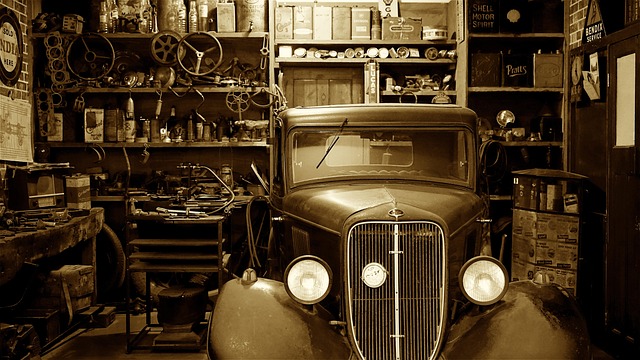
Assessing the extent of fallen tree damage is a crucial step before initiating any repair services. It involves meticulous inspection to identify and categorize various types of damage, from structural integrity issues in buildings and homes to vehicle impacts. This initial evaluation determines the scope of work required for fallen tree damage repair, which can range from minor cosmetic fixes to extensive reconstruction.
Professional assessors consider factors like the size and weight of the falling tree, the impact zone, and the presence of hazardous materials or debris. In cases where vehicles are affected, such as in a car body shop or auto collision center, specialized techniques like paintless dent repair might be employed to restore the vehicle’s exterior without extensive painting, thereby offering a cost-effective solution for fallen tree damage repairs.
Labor and Equipment Costs: The Manpower Behind Repair Services

The cost of fallen tree damage repair services is multifaceted, with a significant portion attributed to labor and equipment. Restoring properties after a fallen tree is no mere task; it requires a skilled team capable of assessing and fixing various types of damage. This includes not just structural repairs but also specialized care for vehicles, given that trees can cause substantial auto damage during their fall. Every project demands a unique approach, necessitating trained professionals who can navigate the intricacies of car bodywork and fallen tree removal safely and efficiently.
Equipment plays an equally crucial role in these repair services. Depending on the extent of the damage, auto repair shops may need to invest in specialized tools for tasks like removing branches, assessing structural integrity, and fixing car bodywork. These costs are integral to ensuring that repairs are done correctly and quickly, minimizing further complications or safety risks associated with fallen tree damage.
Material Expenses and Beyond: Restoring Your Property's Integrity
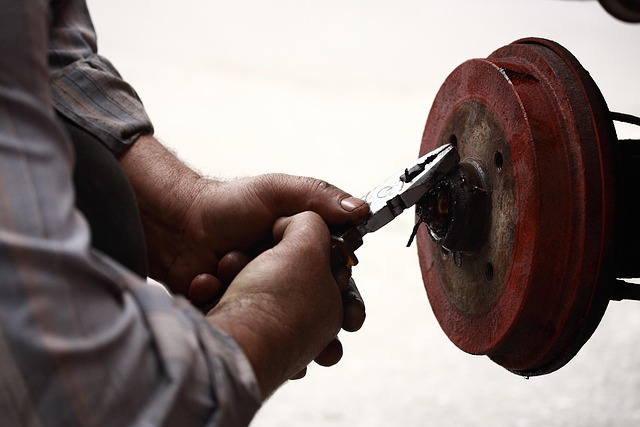
Restoring your property’s integrity after a fallen tree incident involves more than just clearing debris; it entails significant material expenses and skilled labor to bring your space back to its original condition. The cost of fallen tree damage repair encompasses a wide range of factors, from replacement trees and landscaping materials to professional services like paintless dent repair for any damaged structures or fixtures.
Beyond the immediate costs, the complexity of the repair process plays a crucial role in final pricing. For instance, if a tree has caused extensive damage to your roof, siding, or gutters, specialized services such as those provided by a collision repair shop might be required to ensure proper and safe restoration. Even seemingly minor dents or scratches, like those that might occur during the removal process, could necessitate bumper repair services to maintain the aesthetic appeal of your property. These additional repairs highlight the comprehensive nature of fallen tree damage restoration, requiring a multifaceted approach to address all aspects of property integrity.
Fallen tree damage repair involves a complex interplay of labor, equipment, and material costs. Understanding the scope of assessment is key, as it determines the manpower and resources needed for restoration. While material expenses are evident, unforeseen challenges can arise, underscoring the importance of comprehensive coverage in insurance policies. By tackling these cost factors head-on, homeowners can better prepare for and navigate the process of repairing fallen tree damage, ensuring their property’s integrity is restored efficiently and effectively.

